This past Saturday night, the Brooklyn Bowl welcomed the King of the Surf Guitar, Dick Dale. The guitar legend, who pioneered the surf rock sound in the 1950s and created the first 100-watt amplifier with Fender, is in the middle of his 25-city tour treating fans to his classic guitar tunes such as 1962’s “Misirlou,” “Surfin the Wedge” and his rendition of “Amazing Grace” as a show closer. But the show took an interesting turn after the first 20 minutes that has since colored my viewpoint of what it means to photograph some of the influential acts that grace our New York City stages.
While shooting the cowboy shirt-clad axe man, I was approached by a member of his crew to inform me that “Dick Dale doesn’t allow professional photography.” I flashed my media pass and continued performing the task at hand—capturing Dick Dale wooing the audience with his incendiary guitar prowess and professing an undying love for his wife, Lana Dale, who also happens to be his booking agent and manager. “We are never out of each other’s sight,” Dale remarked to the audience as Lana perched on a stool at the edge of the stage. “And we’ve been through a lot over the years.” Dale shared with the audience his battles with cancer, diabetes and supporting his wife through her own trials with MS. This open dialogue is not an attempt to elicit sympathy, but rather to establish a camaraderie with anyone in the audience who might be battling their own health issues. Dale has been very transparent about the fact that he is touring in order to keep up with mounting medical bills, first revealed in a July 29th interview with the Pittsburgh City Paper. In the article he states that if he stops touring he will literally die. Music is the breath of life for this guitar hero and as he told Billboard Magazine recently, he wants to “die on stage in an explosion of body parts.”
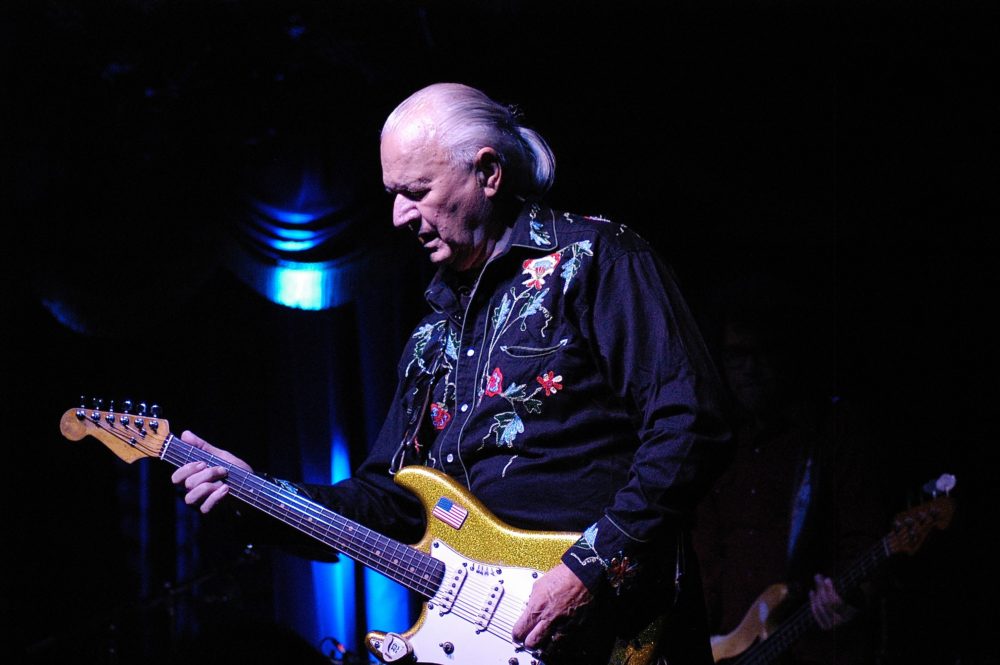
Dick Dale
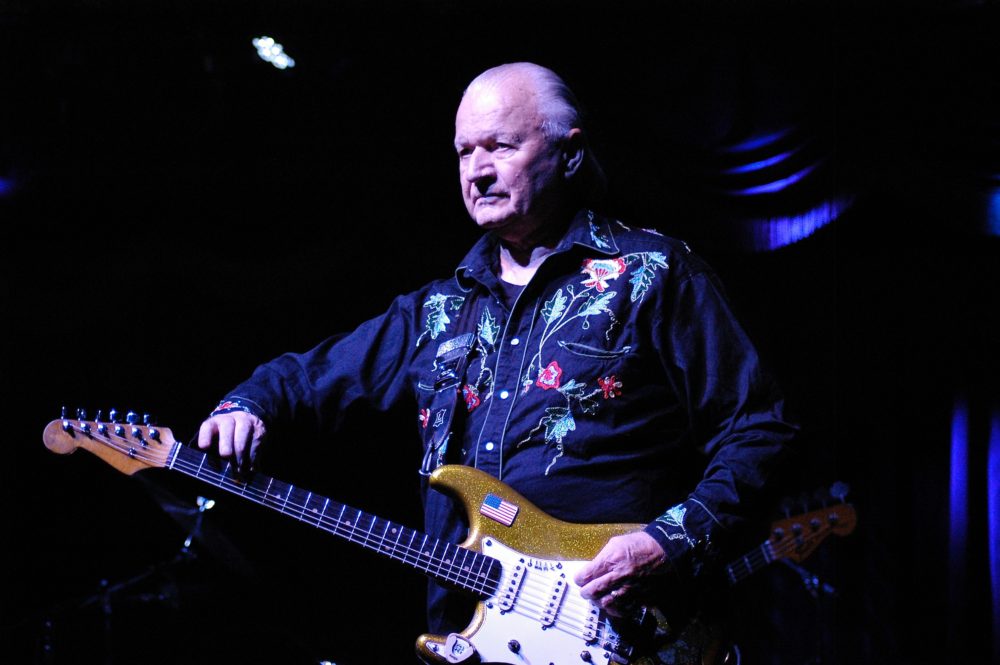
DD
Shortly after my first encounter with Dick Dale’s crew, I was approached again while shooting from the side stage, this time by his wife. She asked me what I was doing and I explained I was shooting for an article and I again showed my media pass. She responded by telling me that I did not have permission, Dick Dale doesn’t want professional photography and that I needed to stop. I again tried to explain that I was working the event however she interrupted and told me, “I don’t care. I’m the boss and you can’t shoot him.” In an effort to keep the peace and continue enjoying the show, I put my camera away and simply enjoyed the musical stories Dick Dale was weaving on stage.
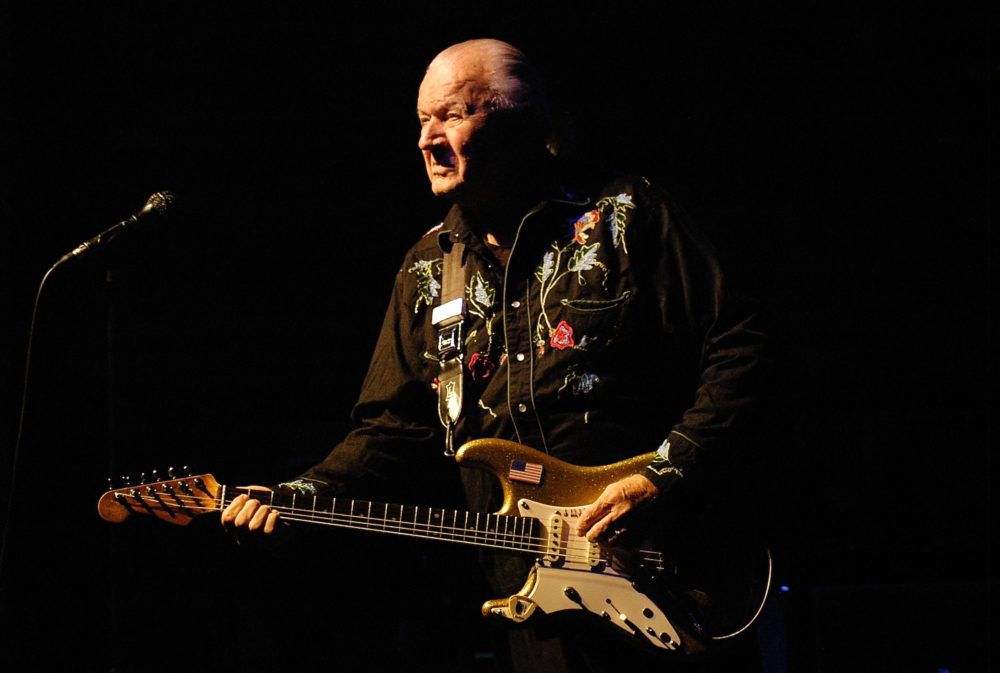
DD
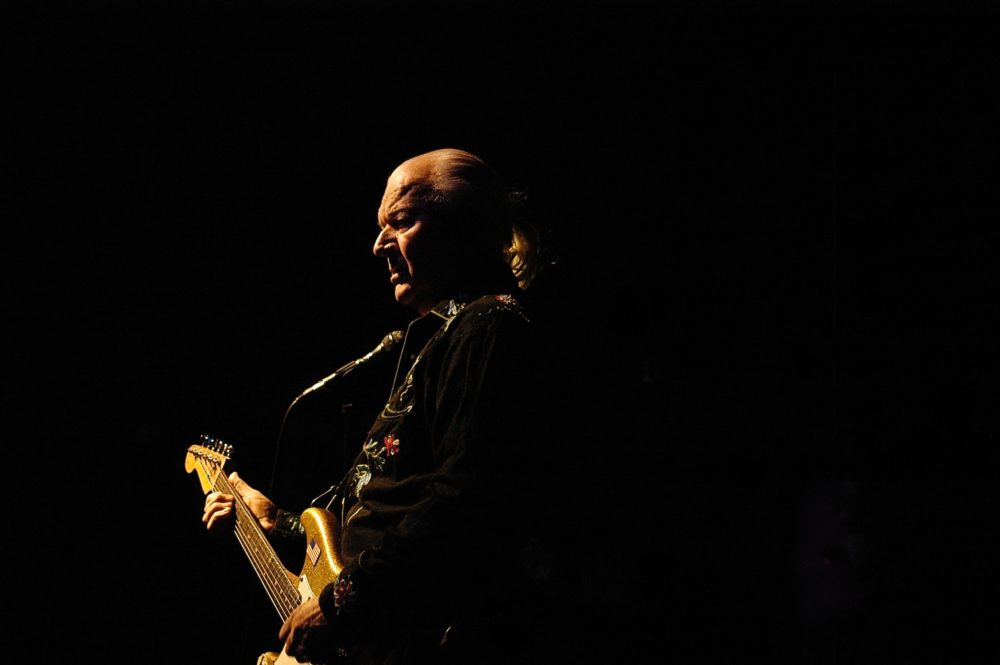
DD
However this incident continues to bother me. A photo/media pass gives me permission to shoot in a public venue the act who is choosing to perform in public. However, the Dick Dale team says they do not allow such things despite the fact that three-quarters of the audience had their cell phones out to snap their own images and capture video of the 79 year-old legend. It was the “professional” photography that was unacceptable. But why? In this day and age when media is more present than ever and an act like Dick Dale, who needs to tour to pay for his medical treatments, should hope to be covered by the media in order to stay relevant and book additional tours, why would they not want professional media exposure?
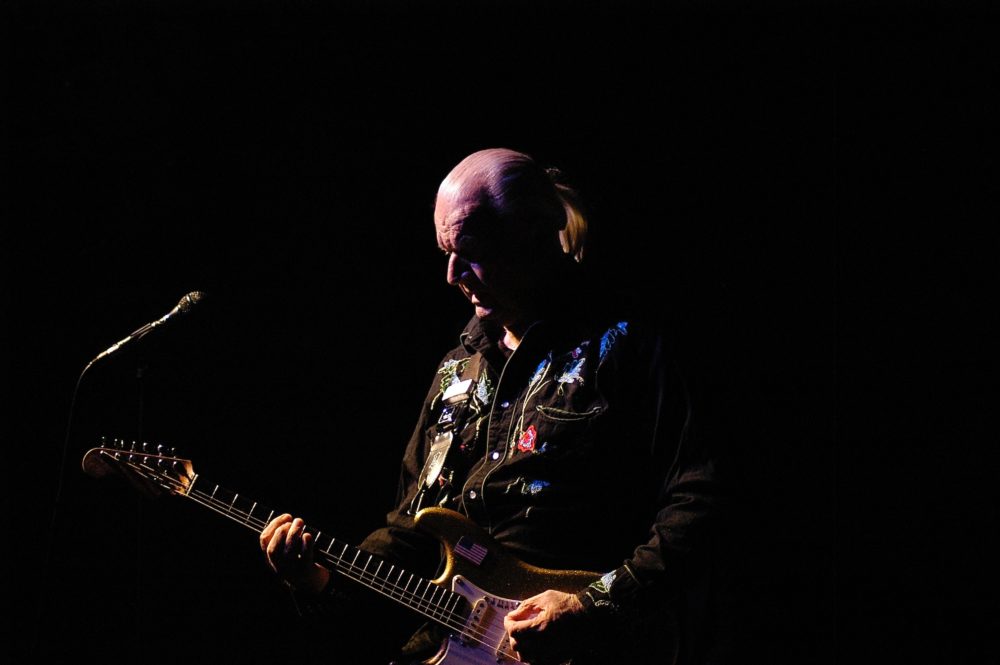
DD
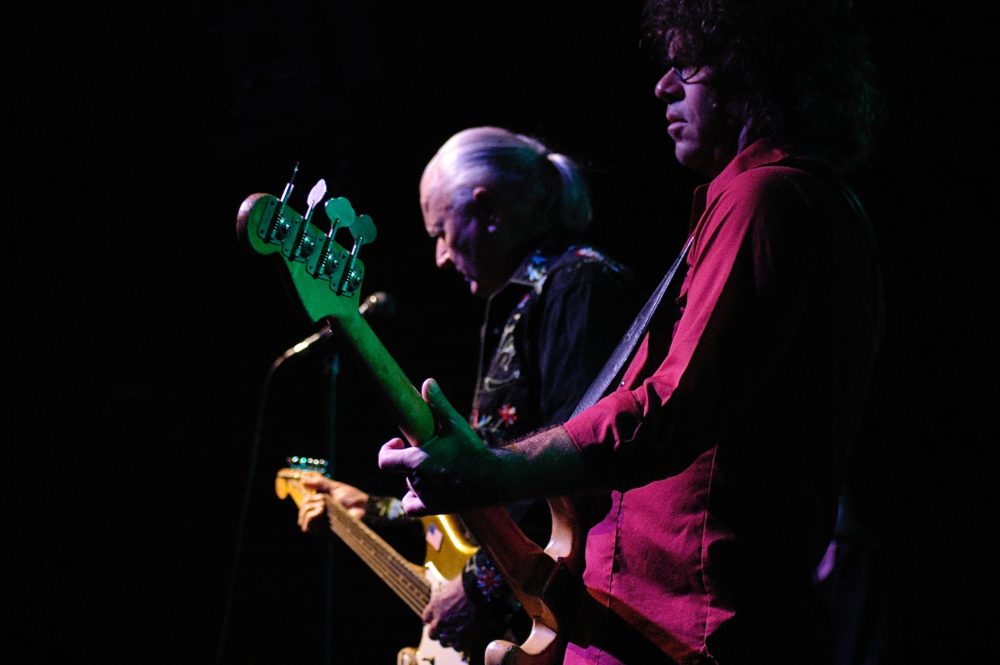
DD
Theories are varied as to why something like this could happen. Professional images, unlike those captured by cell phone or consumer level cameras, are able to be used in major publications and online music sites. The images have a certain price tag attached to them based on their quality, their impact and occasionally, the photographer who shot them. Think about how many posters with a picture of Bob Marley performing have adorned the walls of homes, bars and dorm rooms. Those images were taken by a professional photographer in most cases and that photographer or media outlet was paid for their commercial use. Any unpublished images of Bob Marley that surfaced in 2016 would be worth a fortune and would more than likely grace the cover of Rolling Stone Magazine and result in a huge payday. Therefore, professional photography could be considered a potential revenue stream and for an artist to control those pictures directly would mean they would reap the benefits of any professional images used by the media as they would be the one providing them. For someone like Dick Dale who is in need of additional income wherever he can find it, it would be understandable that they would want full control of any pictures taken so they could be paid by the media for their use.
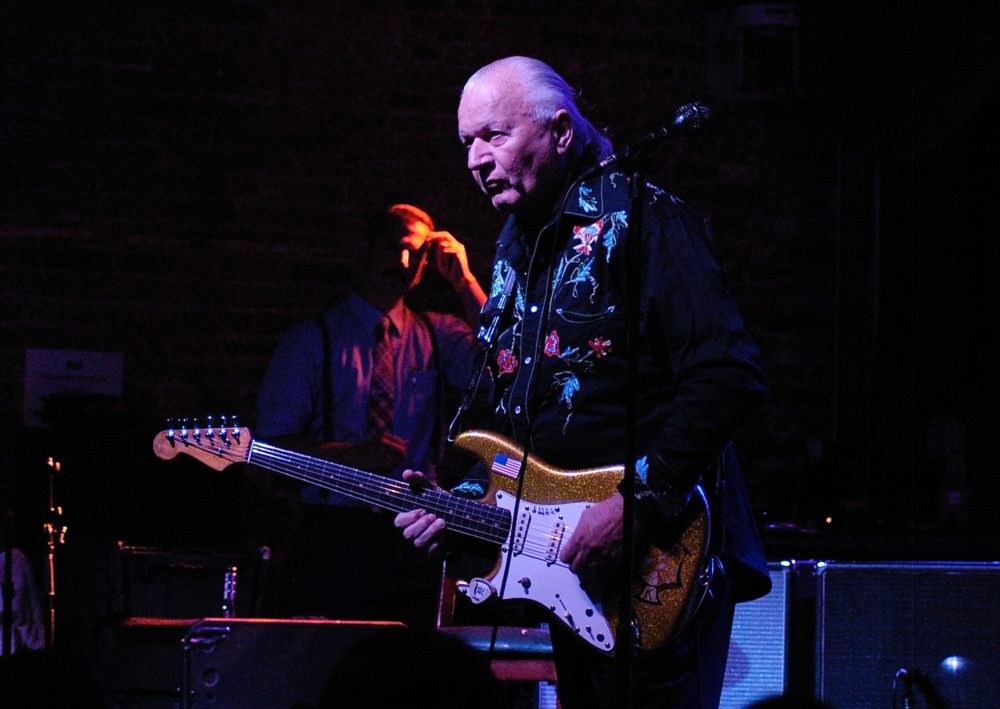
Dick Dale
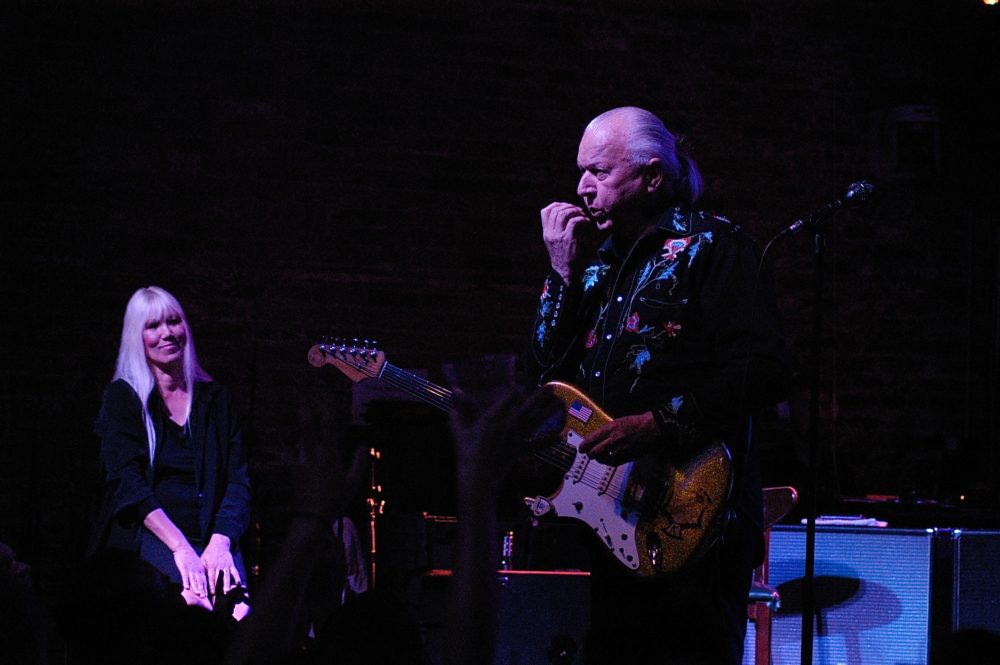
DD
Or it could be a similar situation that made headlines last year involving the Foo Fighters—one that left a bad taste in many the mouth of professional photographers and media outlets. The Foo Fighters said that they would only grant photo/media passes to their concerts so long as they received any images taken so that they might also use them at their discretion for whatever they choose in perpetuity without any compensation to the media outlet or photographer who took them. For a freelance concert photographer, to have their main source of income pirated by a band that earns millions on their yearly tours is unpalatable to say the least. A Quebec newspaper, Le Soleil, in protest of the Foo Fighters’ photo release policy, actually sent their staff cartoonist to one of the band’s 2015 concerts. Taylor Swift and other artists have a version of the same policy which in some cases completely prevents the photographer from using the images for anything other than what the artist approves and in most cases without attributing credit to the photographer.
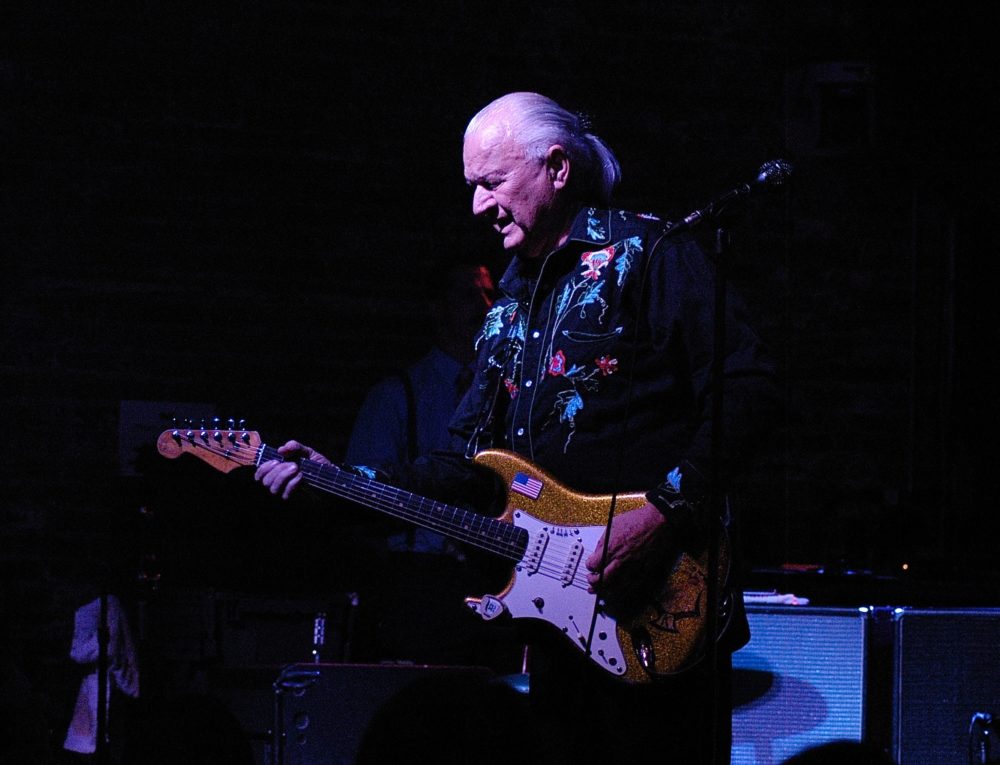
DD
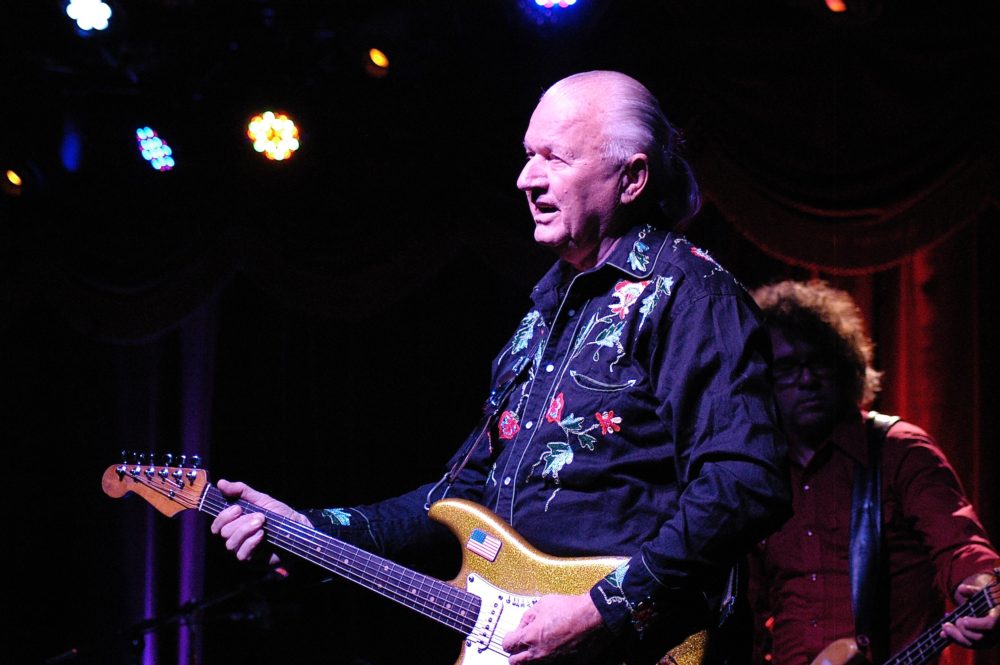
DD
At what point does photography become a lesser art form than the act performing on stage? Capturing a perfectly resonated image of someone moving around on stage erratically under harsh lights is no easy task. Just take a moment and scroll through some of your friends’ Instagram feeds of the show they were at last weekend and tell me if you can see the sweat beading on the singer’s brow or the flying fingers of the guitarist captured in that perfectly executed G-chord. No matter how good a cell phone camera, they will never rival the quality of professional photo gear (which, by the way, is a pretty hefty investment that freelance photographers foot the bill for entirely.) And no matter how earnest the fan, they will never generate the types of photos that those dwelling in that small space at the corner of the stage or in between the steel barriers of the concert venue can. Concert photography is just as much an art form as anything else in the world of music. Through the eye of the photographer, a fan can feel what it was like to be there, up close, with one of their music idols. And now some acts, who will be the first to cry outrage when their music is given away online for free, want to devalue the art of photography to almost nothing.
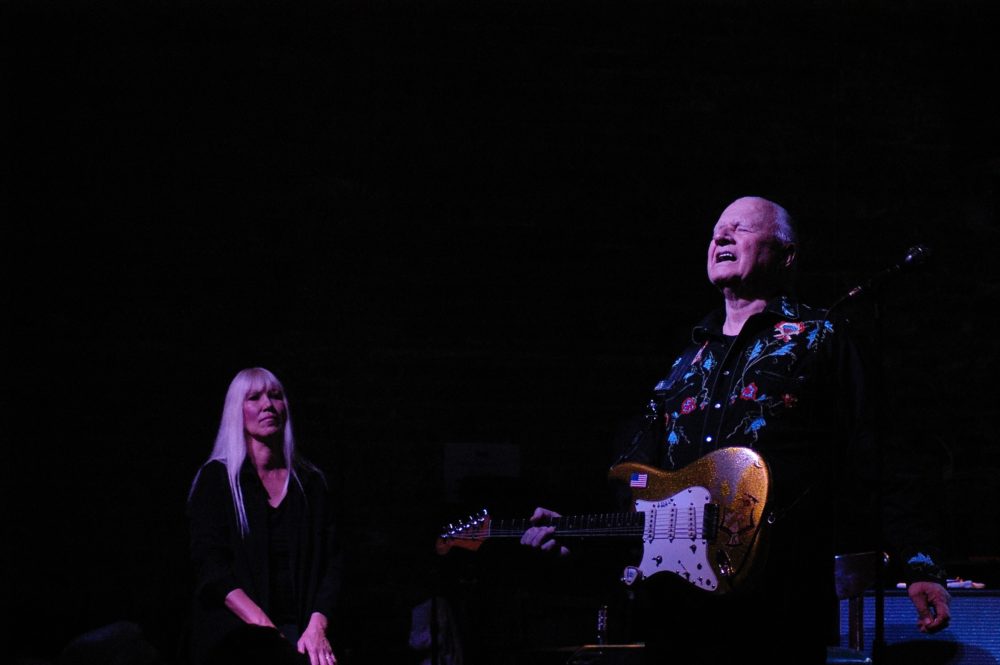
DD
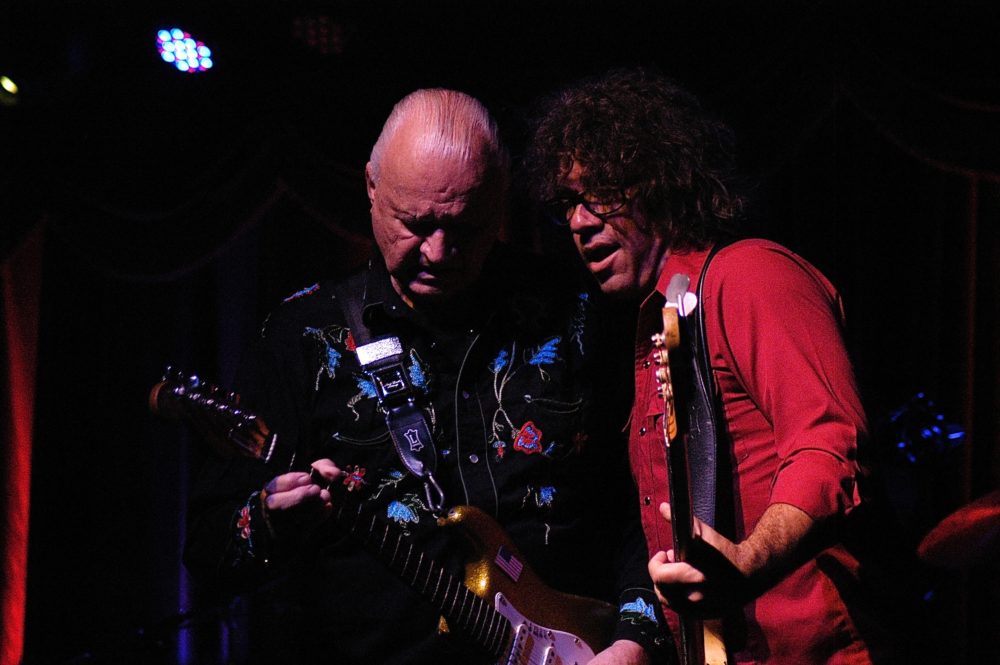
DD
Whatever the reason that I was asked to stop shooting the other night, which may be an unsolvable mystery at this point, two things are certain: first, I will continue to push for that perfect concert moment so that we can share it with all of you on this website of ours which embraces creativity, freedom and encourages self-expressive art forms and second, Dick Dale doesn’t do photos.
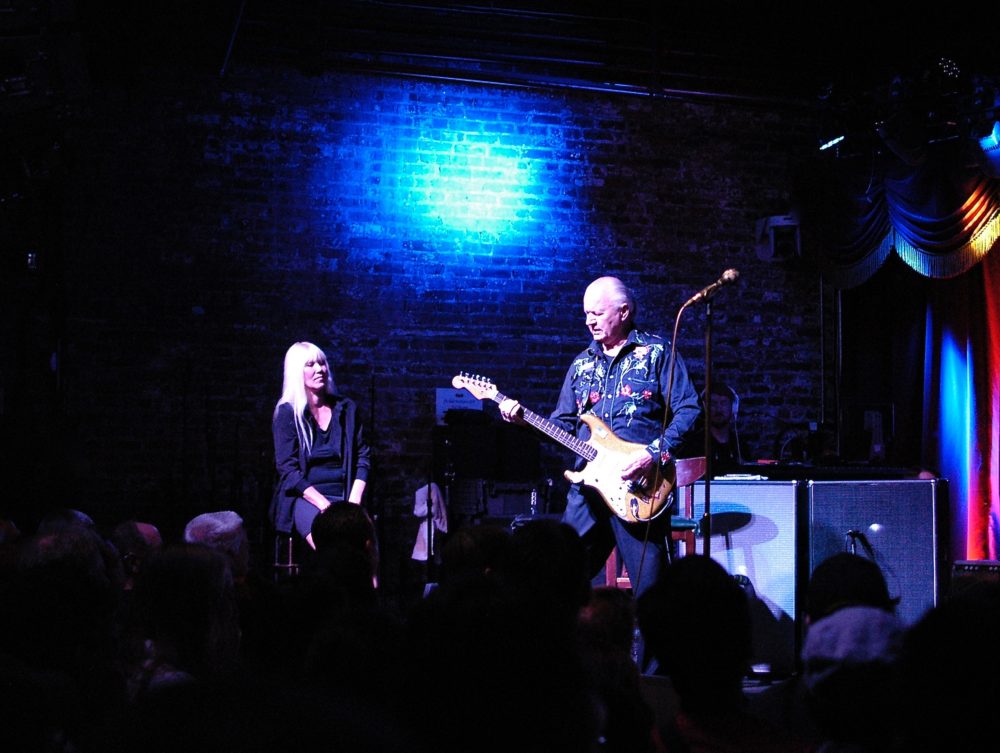
Dick Dale
Article: Hannah Soule

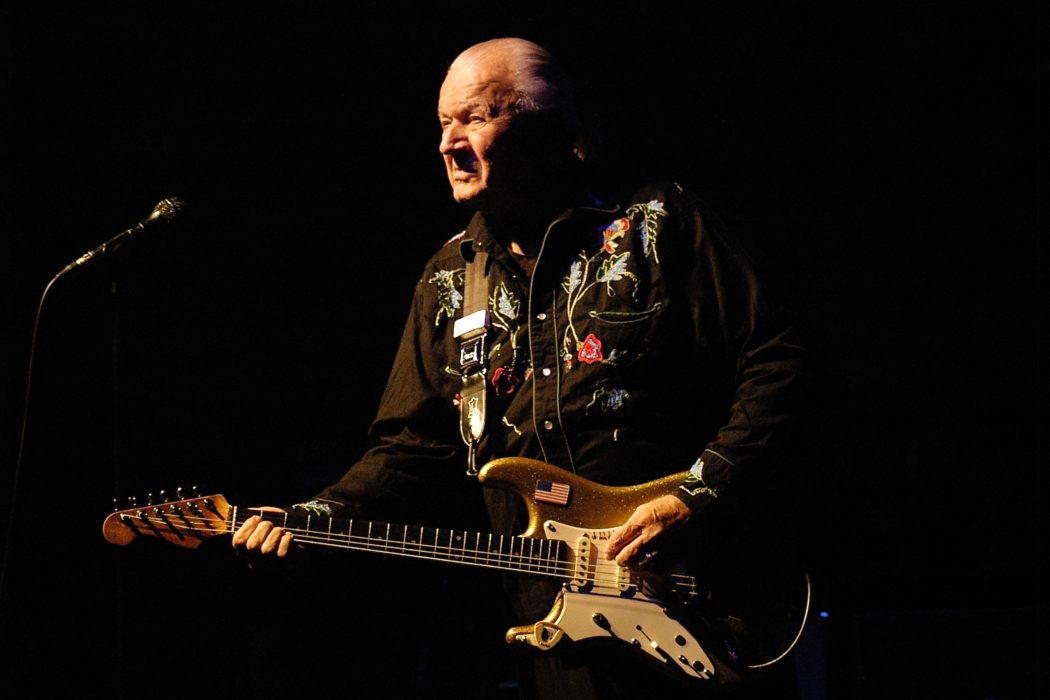
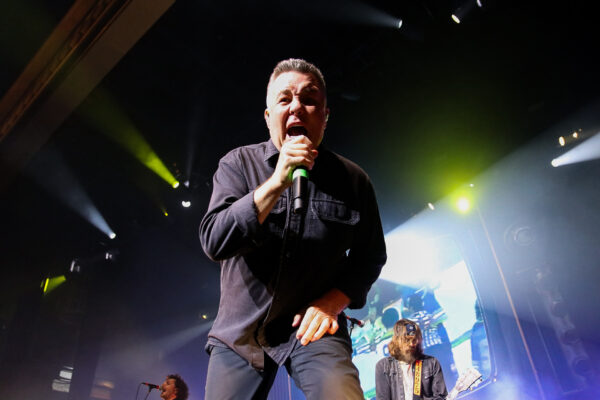
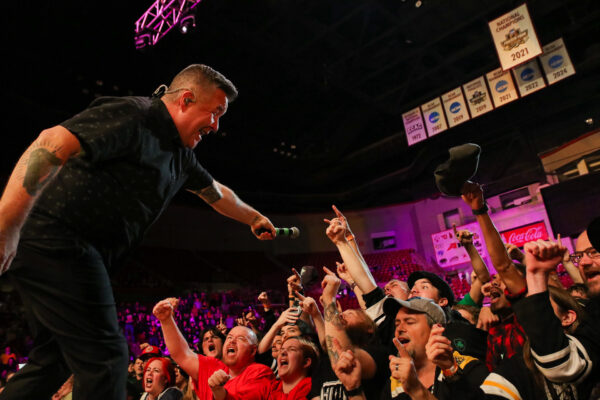
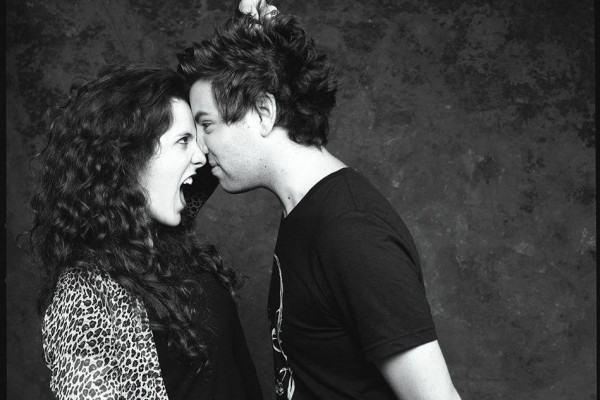
josh
For not being allowed to shoot photos you sure got a shit load.